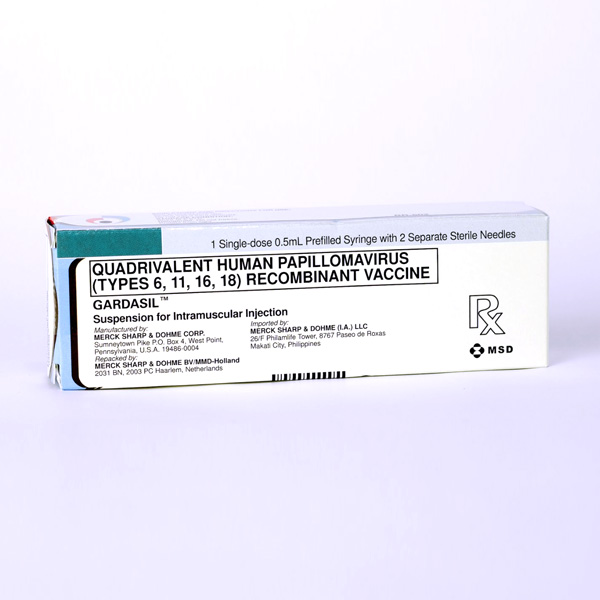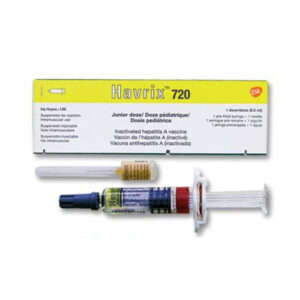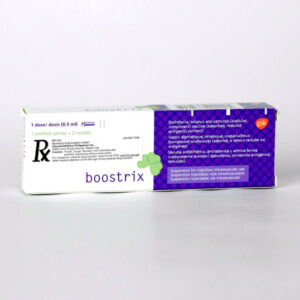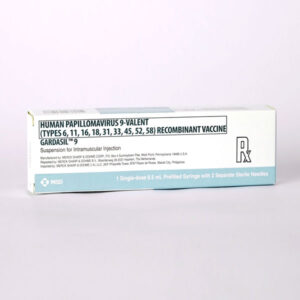Description
The proteins in Gardasil are structural, virus-like proteins (VLP) that resemble the HPV virus. The proteins can activate the immune system but cannot give rise to replicating virus. Viral proteins used in Gardasil are manufactured in yeast cells (S. cerevisiae) using recombinant technology. Once released from yeast cells, the VLPs are purified, combined with a catalyst (amorphous aluminum hydroxyphosphate sulfate) and a purification buffer. Human papillomavirus causes cervical cancer, cervical adenocarcinoma, vaginal cancer, genital warts, and anal cancer. Gardasil works by stimulating the immune system to attack HPV types 6, 11, 16, and 18. Once Gardasil is administered, the body’s immune system recognizes the viral proteins in Gardasil as foreign, and develops antibodies against them, thus providing immunity from future infections. In the event of HPV exposure following vaccination, the body will already be primed to fight the infection. HPV types 6, 11, 16, and 18 are commonly associated with HPV infections. HPV 16 and 18 cause 70% of cervical cancer and HPV 6, 11, 16 and 18 cause approximately 90% of genital warts. The FDA approved Gardasil in June 2007.





